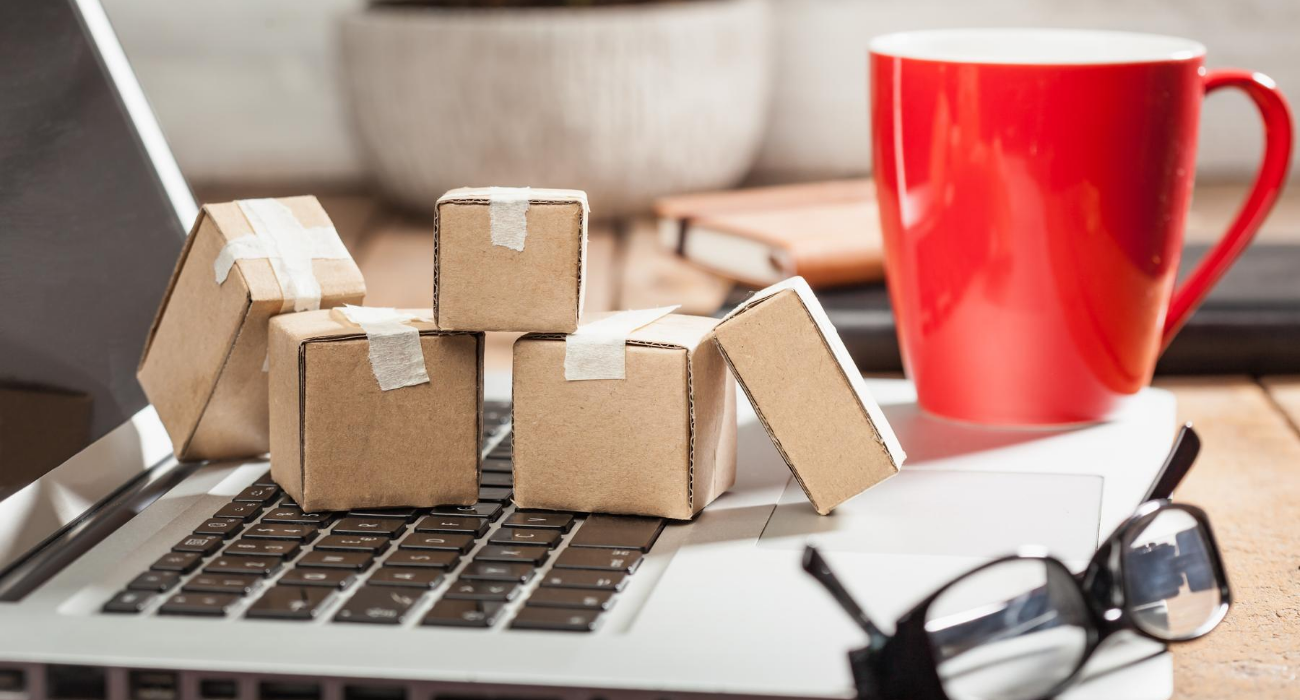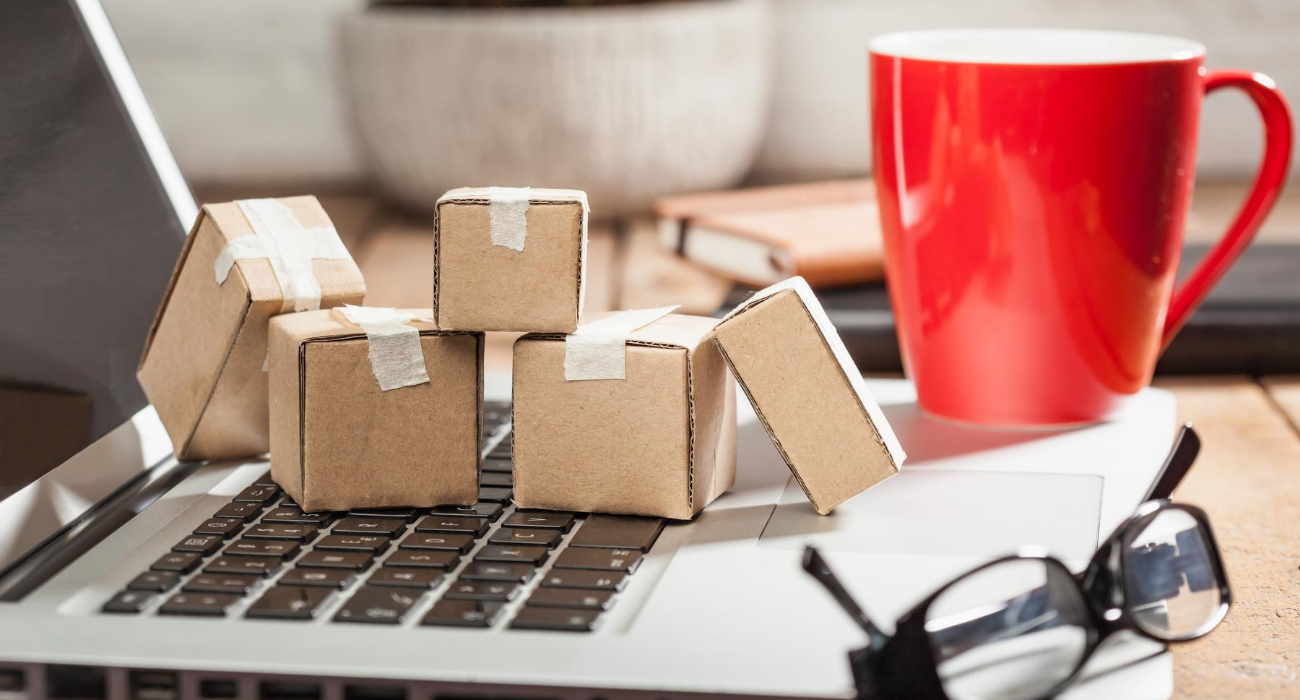Special announcement: working from home, business as usual!
We want to inform our clients that as of today, Wednesday 18th March 2020, the majority of our staff will be working from home following advice from...

Complete accounting solutions focussed on profit and growth
Inventory management systems play a crucial role in thriving product businesses
Automating your core systems is the key to efficiency and effectiveness

Scalable software that grows with you
Product and inventory software that makes sense
Seamless integrations and automations

Whether they use a single solution or a full end-to-end integration of multiple software packages we are proud to be a part of our client's success.
Working from home is foreign territory for many people, so whilst we acclimatise to this new way of working. We need to perfect the often discussed ‘work-life balance’ in order to maximise productivity and lower stress.
Now, we know this isn’t easy. It takes on average 66 days to really adopt a new habit or routine, and now we have to do it much quicker to help our businesses ride out this storm.
Here we’ve put together a few useful tips for working from home effectively.
It’s a great time management technique that enhances your concentration in a short period of time, allowing you to get more done! So how can you include this into your day? Using the basic principle of 25 minutes on and 5 minutes off repeated through the day, you can see a difference in your productivity. Managing Director, Phillip Oakley says that “When there’s a lot going on, this method can help me to focus my attention on achieving a task.” We recommend downloading an app, there are lots available that help you stick to the method. Alternatively you can set a timer on your phone. We have found that using a means that has an audible tick can really help to spur us on! Here’s a link to a great pomodoro tool.
Mindfulness can be interpreted in many ways. You can practise meditation. Taking a break from your work space is key to maintaining a refreshed body and mind.
It’s not uncommon to feel overwhelmed and so a great technique for clearing the mind is by taking a moment to take in your environment.
Answer these questions:
Using these questions you can quickly hone in your focus and apply that to your work.
It’s understood that humans can only concentrate for a certain period of time and often we experience a ‘stale’ feeling if we are stuck on a piece of work and unable to progress. Or, you might neglect your breaks and give in to the temptation to work through them. It’s very important to take a break to prevent feeling burnt out. It’s especially important to step away from your desk
Staying active is massively important when working from home. It’s easy to feel tied to your desk. Josh, our Accounts Technician, stresses the importance of a good morning routine, “After I wake up I make sure that I get out of bed straight away, get changed and go for a walk outside, the refreshing air helps wake me up and gets rid of my morning grogginess.”
If going on a walk isn’t your thing, do some at-home exercises. Have you heard of deskercise? It’s going to change the way you work for the better. We have shared this site through our company to promote health and well-being.
Clutter is distracting. Making sure you have a clear and dedicated work space will help to ensure you stay in work-mode when in that space, instead of home-mode which can lead to lack of concentration. Matt, our Accounts Technician said that working from home allows him to regulate his own environment such as temperature and if he wants to play music, “This, alongside access to a great range of resources and communication with a great team, is what helps me work effectively from home.“
This should be prioritised! Working at home requires great communication and so having access to a strong internet connection will ensure you are able to quickly get answers to questions and stay up-to-date with your team.
Just like at the office, staying hydrated can really boost your brain power! Have a water bottle at your side – this can help you stay ready for video meetings. We know you’ll be doing plenty of these and so a sip of water can help you have a clear throat ready for you to voice your next big idea!
Have we all been there? Yes, definitely. Is it good for us? No, not really. Matt has created a dedicated work space seperate to where he eats, “I am able to completely remove myself from my workstation for lunch break. This means that I am fully revitalised and ready for the next half of the day when I return.” Differentiating food spaces, work spaces and relaxing spaces can help us to switch off once the day is done.
We hope this helps! We welcome you to get in touch and tell us your thoughts on best practises for working from home effectively!
To find out more about great tools to use when working from home, click here.

We want to inform our clients that as of today, Wednesday 18th March 2020, the majority of our staff will be working from home following advice from...

Having been to a Stafford Raspberry Jam, Managing Director Philip Oakley was familiar with the benefits that Stafford Raspberry Jam brought to...

Unleashed, the stock and inventory solution, has released new functionalities!
